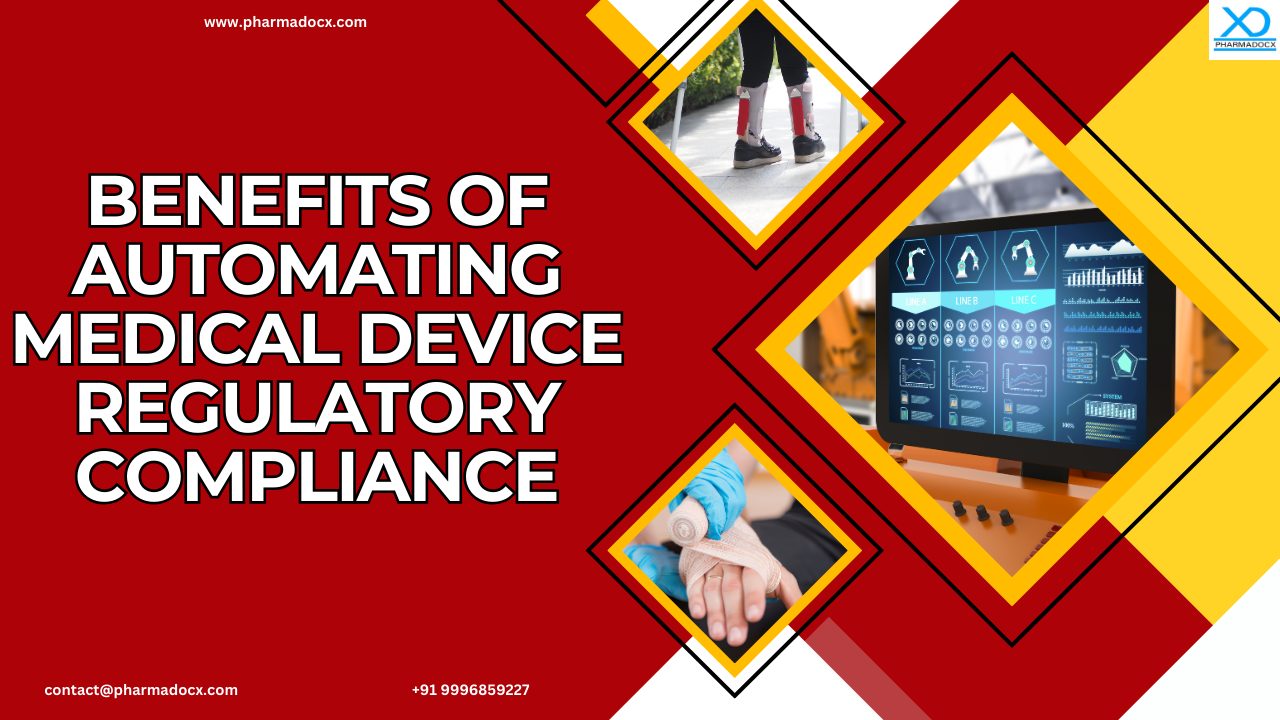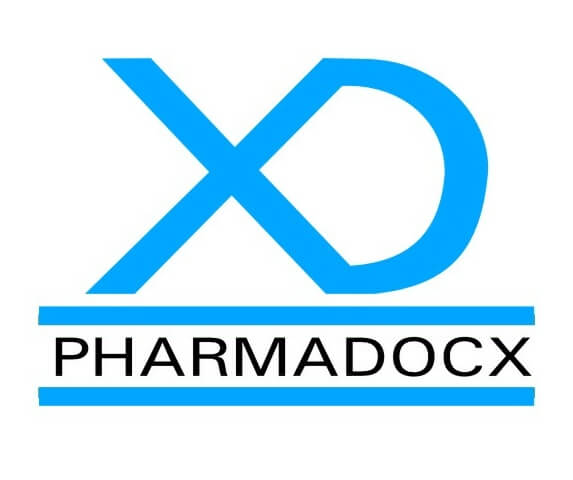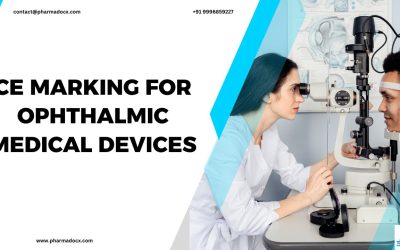With multiple complex regulatory compliance requirements, automation will be beneficial for managing regulatory compliance in medical device industry. By automating medical device regulatory compliance, companies will be placed in an advantageous position. Medical device regulatory compliance automation will help reduce costs, admin-intensive workloads, and regulatory non-conformity risks. Additionally, it will improve audit readiness and considerably save time to achieve regulatory compliance.
What is medical device regulatory compliance automation?
Medical device regulatory compliance automation is the use of technology to simplify and automate the tasks required to comply with regulatory standards. By automating processes, such as tracking, reporting, and auditing, organizations can ensure continuous regulatory compliance with minimal manual intervention. Automating medical device regulatory compliance will reduce human error and enhance efficiency. Additionally, it will enable organizations to quickly adapt to regulatory changes in real time.
Automation technologies can scan for risks and violations, generate audit trails, centralize compliance data, and reduce manual efforts. Moreover, it increases efficiency, accuracy, and coverage. Furthermore, automation technologies specifically developed for medical device industries are designed to align with specific compliance frameworks and unique requirements of regulatory standards.
Automation technologies will help continuously monitor and proactively identify compliance issues, thereby minimizing the risk of violations and penalties. With the ability to generate detailed audit trails and centralize compliance data, these technologies will help organisations easily demonstrate their compliance efforts to regulatory authorities. Moreover, these technologies will improve accuracy by reducing human error.
Benefits of automating medical device regulatory compliance
- Reduced non-compliance risks: Automating medical device regulatory compliance minimizes the potential for human error and reduces the risk of non-compliance.
- Increased efficiency: Regulatory compliance automation will streamline regulatory workflows, thereby cut down the time and resources spent managing compliance. Automated workflows will replace manual tasks, speed up compliance processes, and considerably improve efficiency.
- Improved accuracy: Human error is inevitable. However, medical device regulatory guidelines have no room for error. Thus, by automating medical device regulatory compliance, you can significantly lower the chance of errors.
- Centralized access management: Compliance automation systems consolidate access management, thereby making it easier to control and track compliance across various systems.
- Enhanced risk management: Automated medical device regulatory compliance systems will flag potential non-compliance issues before they escalate. They help organizations better manage risks of non-compliance, thereby avoid costly penalties.
- Improved data management: Accurate, up-to-date, and easily accessible data is vital for successful medical device regulatory reporting. Automation ensures that regulatory data is maintained in a well-organized manner and readily available for audits.
- Real-time data recording: Automation helps monitor compliance activities in real-time. It enables faster detection of potential issues and prompt responses. Moreover, it records data in real time.
- Boosts productivity: By freeing up time and resources that would have been spent on regulatory compliance, automation allows organisations to focus on high-value tasks. This shift can lead to increased productivity and innovation.
- Enhanced visibility and reporting: Automated regulatory compliance workflows provide a centralized system to view the status of all compliance requirements and processes in one place. These systems can usually generate on-demand compliance reports for both internal and external auditing purposes.
- Scalability: Medical device businesses are usually dynamic and vary in production scale. Automated systems have the ability to efficiently scale and adapt to changes in the medical device business.
How to implement medical device regulatory compliance automation?
We have provided a step-by-step guide to automating medical device regulatory compliance.
- Identify applicable regulatory standards: Identify medical device regulations applicable to your device and sector. Understanding these requirements will enable you to tailor your compliance automation system to meet the applicable standards. This will ensure compliance and audit preparedness.
- Check current compliance status: Evaluate the organization’s current regulatory compliance status. By identifying gaps in your current setup, you will be able to prioritize automation efforts. Additionally, identify areas where manual processes slow down compliance activities and then, automate them.
- Define compliance objectives: Clearly define your compliance automation objectives, such as reducing manual work, improving accuracy, or meeting industry-specific regulatory requirements. Outlining these objectives early helps ensure the automation solution properly aligns with your needs and requirements.
- Select appropriate automation tools: Choose compliance automation software that is appropriate for your current system and meets your specific regulatory needs. Features, such as continuous monitoring, real-time alerts, and reporting capabilities that support multiple compliance standards, are a huge plus point.
- Choose industry specific software: It is important to choose a compliance automation software specifically designed for the medical device industry. Rapidfacto, a regulatory compliance automation software, has been developed keeping in mind the requirements of the medical device industry. Rapidfacto offers complete factory automation solutions. With a few simple clicks, you can automatically and digitally generate all necessary documents.
- Delegate tasks: Clearly assign roles and responsibilities to the compliance team members for automating medical device regulatory compliance. Clearly assign who will oversee the automation processes, ensure compliance tasks are completed promptly, and respond to alerts.
- Establish clear policies and procedures: Develop clear compliance policies and procedures that will guide how compliance activities will be automated and monitored. The policies should mention the rules for data handling, access control, and audit readiness, thereby ensuring consistency across the organization.
- Implement and integrate automation tools: Once the compliance automation tools have been selected and procedures have been defined, integrate them within your existing systems. Ensure proper configuration to enable continuous monitoring and automated workflows that will align with your compliance objectives.
- Train employees: Employees have to be educated on how the compliance automation system works. They will have to be assigned tasks and trained for their role in maintaining compliance. This includes training on how to respond to automated alerts, update compliance documentation when necessary, and report incidents.
- Monitor and review: Continuous monitoring and regular reviews are required. This is vital to ensure the medical device regulatory compliance automation system is functioning as intended. Regular audits of the automation system will help identify areas of improvement and ensure it adapts to regulatory changes.
- Maintain documentation: Ensure all compliance activities, including audits, reports, and policy changes, are documented in real-time by your automation platform. Accurate documentation is vital for demonstrating compliance with regulatory requirements.
- Continuously adapt to changes: Medical device regulations are constantly evolving. Staying informed about updates to relevant standards and regulatory guidelines is vital. This is necessary for adjusting your medical device regulatory compliance automation system as needed to ensure your compliance efforts remain effective and up to date.
Pro tips for successfully automating medical device regulatory compliance
We have highlighted the benefits of automating medical device regulatory compliance. However, medical device regulatory compliance automation without a clear strategy can lead to pitfalls. We have provided some tips for successfully automating medical device regulatory compliance.
- Choose the appropriate medical device regulatory compliance automation software. Ensure your software has been developed for the medical device industry and has validation, traceability, and auditability attributes.
- Automation will not fix flawed processes. Hence, review and optimize your current regulatory workflows to ensure they are functioning properly before applying automation.
- Although automation can flag issues, it should not replace human oversight. Experts should review automated outputs to ensure consistent compliance and quality.
- Regularly validate your automation tools to ensure they remain compliant with the latest regulations and changes in guidelines.
- Impart proper training on how to use the automation system.
In this blog, we have highlighted the advantages of automating medical device regulatory compliance. We at Pharmadocx Consultants offer advanced tools and tailored approach to help streamline workflows, reduce compliance risks, and ease your regulatory journey. For medical device regulatory assistance, feel free to drop an email at [email protected] or call/Whatsapp on 9996859227.





